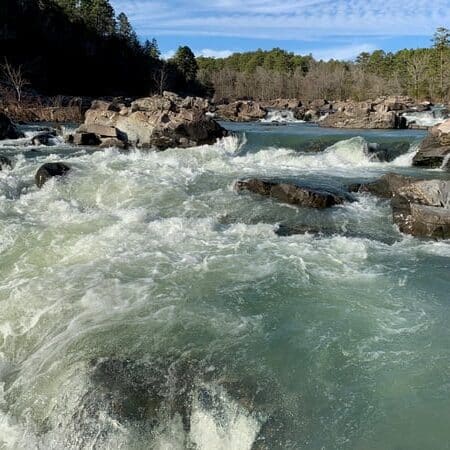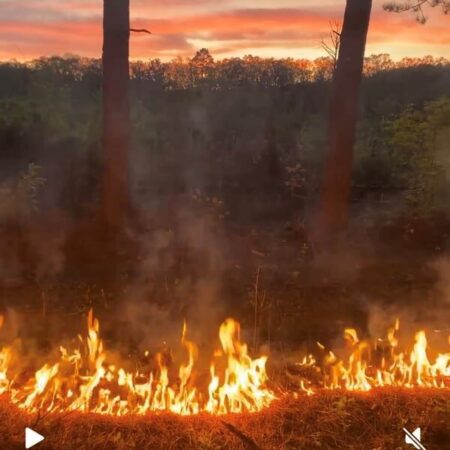Thank you for stopping by Equilibrium’s website.

We were founded in 2010 and are based in Little Rock, Arkansas. We considered the celebration of our fifteenth year of operations as an accomplished milestone, a reflection of our dedicated team, and an indication of the ongoing need for environmental conservation within Arkansas.
We specialize in two fields: surficial water monitoring and the implementation of ecological stewardship and land conservation practices.
Since 2010, we have been busy fulfilling our mission: through environmental science, to conserve and enhance the natural balances of Arkansas’ ecosystems.
We look forward to continuing to enhance Arkansas’ ecosystems.
Stewardship
Equilibrium has worked in all ecoregions of Arkansas. We have worked for numerous local, state, and federal agencies, as well as NGOs and Utilities.
Equilibrium has successfully fulfilled a need to implement projects with unique ecological niches. Our goal-oriented approach allows us to maintain schedules and achieve milestones within set timeframes, enabling us to accomplish our mission and enhance Arkansas’s ecosystems.
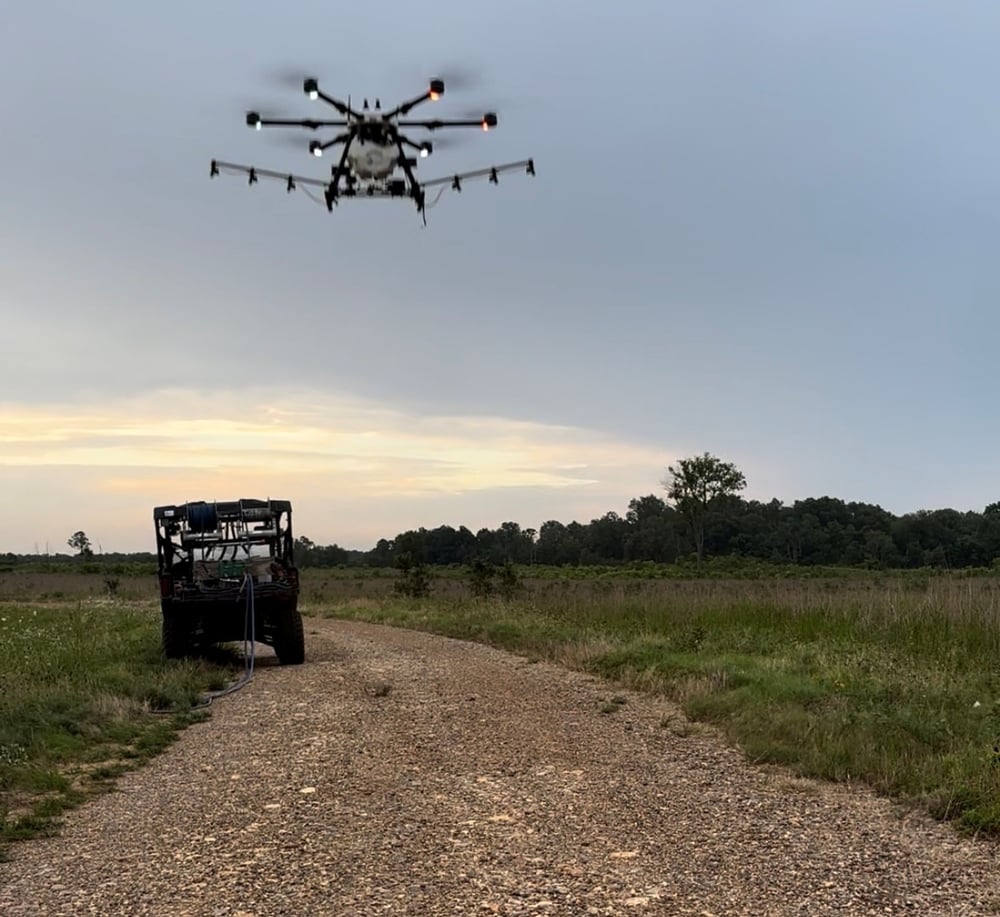
Invasive Species
Invasive species are extremely aggressive and suppress native species, reducing the diversity and quality of ecological communities. They often form monocultures, shade and outcompete native vegetation, and spread uncontrollably if not managed.
We approach invasive species management through multiyear projects with dynamic planning and strategic management activities that include mechanical removal, chemical control, and reintroduction of prescribed fire.
Prescribed Burn
Equilibrium’s fire program evolved significantly over the years. Our team has been conducting prescribed burns in Arkansas for over 20 years, focusing on achieving multiple ecological goals. These include enhancing habitats, controlling invasive vegetation, managing species composition, reducing fuel loads, improving water quality, and preparing sites for reforestation.
Our fire program places a strong emphasis on precise smoke management. To reduce risk, we create and follow detailed burn plans that specify the necessary weather conditions, unit requirements, crew member roles, contingency plans, ignition instructions, and post-burn monitoring schedules.
Additionally, we install and maintain fire lanes. To minimize potential soil damage and erosion caused by fire lanes, we employ various methods. Our primary techniques include hand clearing with chainsaws, rakes, and backpack blowers, forestry mulching, bush hogging, street sweeping, and, in some instances, dozer operations.
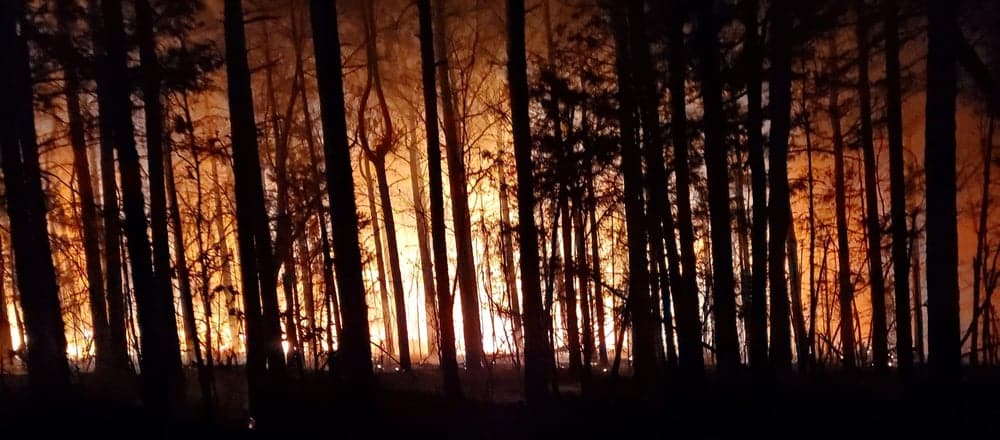
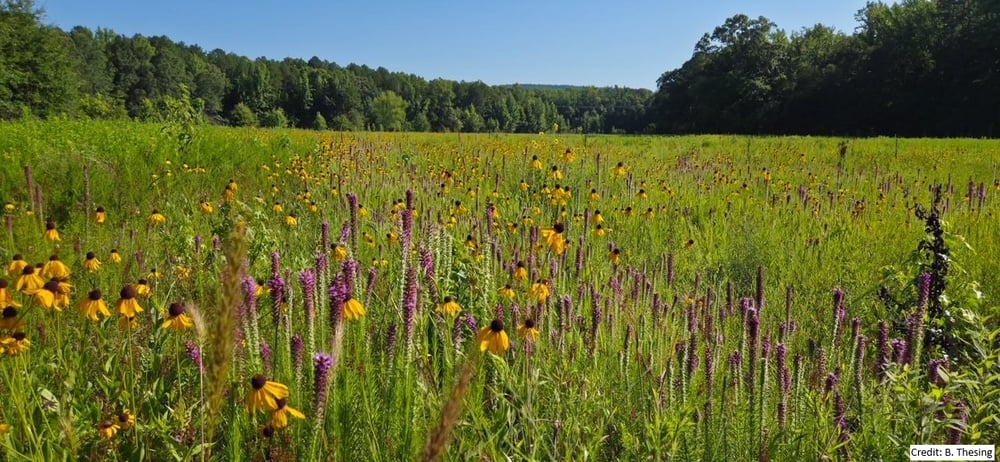
Ecological Restoration
Ecological restoration often aims to eliminate existing conditions and transform vegetation into a high-quality mixture of native plants to advance the health of ecological communities. Restoration can be dependent upon the strategic application of herbicides, multiple prescribed fires, and the implementation of mechanical methodologies.
Ecological restoration can require aggressive management, especially in areas where little to no ecological management has occurred. We set out to complete restoration projects through dynamic planning and adaptive management.
Over the years, we have implemented restoration efforts in critical habitats, either adjacent to globally significant species or inhabited by endangered species.
Water Quality Monitoring
Since 2010, Equilibrium has implemented water quality projects to assess constituents’ concentrations and loadings throughout Arkansas. Our data is collected, analyzed, and reported in accordance with quality assurance protocols. We utilize two certified laboratories to analyze our water samples. Performing long-term trend analyses can identify chemical constituents impacting the waterbody, while assessing its overall quality of the waterbody.
We developed hydrographs based on stream depth (stage) at many monitoring stations. We continuously measure stage with pressure transducers and quantify discharge via acoustic doppler technologies. These data allow characterization of discharge as a function of stage through regression analyses.
We have performed water monitoring in more than 25% of the 8-digit Hydrologic Units found in Arkansas. Much of our water quality data is available through EPA’s WQX database.
